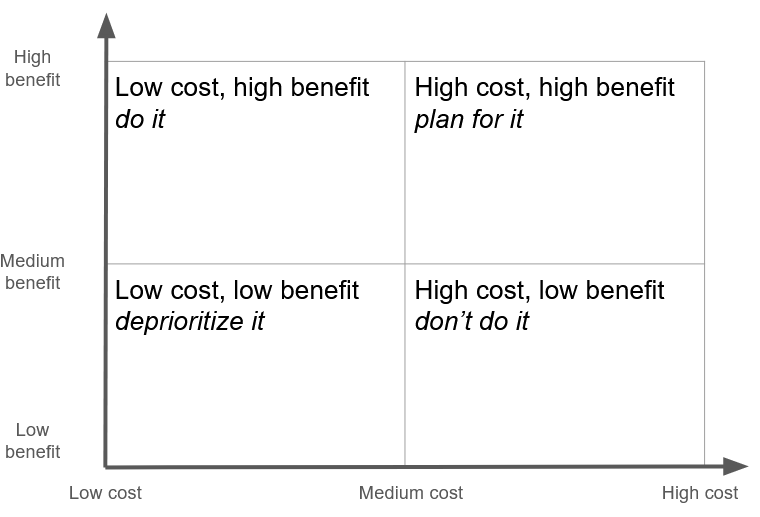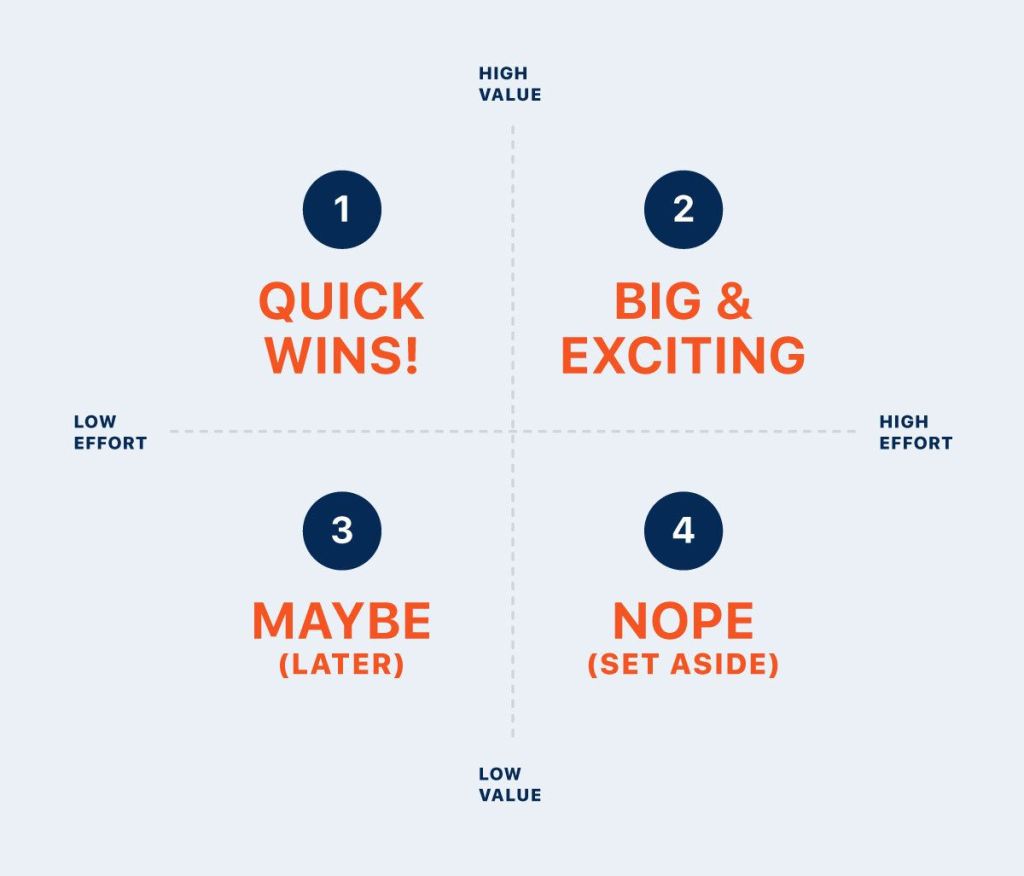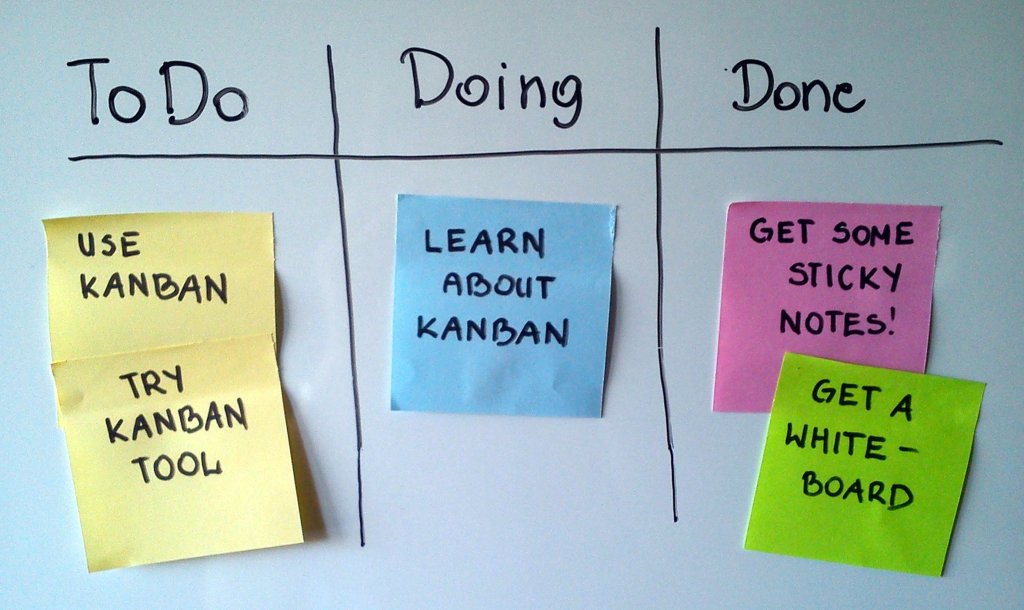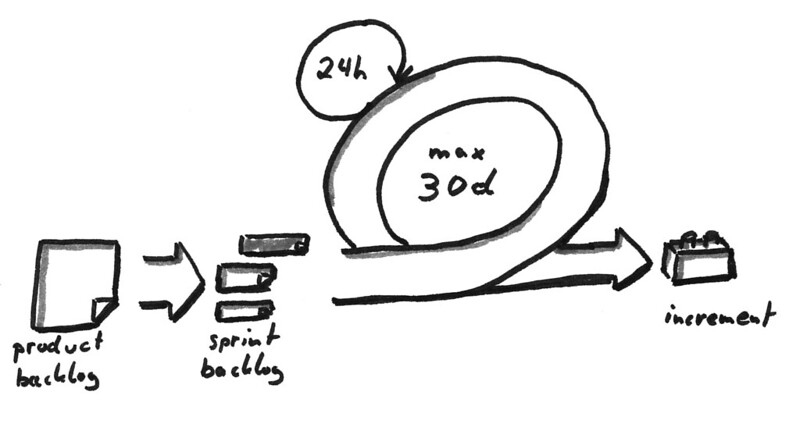Something I started doing a couple of years ago when I had to hire up an entire span of care was documenting my core mission, values, management and leadership approach, and team practices. I found myself saying these same messages dozens of times. That’s when it hit me: just make this a document! I already had created a procedural onboarding guide, so this made total sense as another tool in the toolbox. I can share it freely ahead of meeting a new team / member, they can take it away to review, I won’t forget any of the important talking points, etc. Tons of benefits!
Part of the inspiration for this approach was reading The First 90 Days. While I loved the book, I noticed that there wasn’t a lot of time spent on the bi-directional nature of fit (team-person, supervisor-person, organization-person). It’s just as important for folks to learn about me as it is for me to learn about them. No mysteries here. No needing to intuit who I am and how I’ll work with you. No missed or miscommunications.

Anecdotally, I’ve received feedback from new teams / members that they have found this approach very helpful. The biggest theme in their comments has been that it made it much easier to transition into their new role. They weren’t having to expend extra effort on learning the new culture through trial and error while also learning their job, team, etc.
Given the benefits that I and my teams have experienced, I figured I’d share what goes into my presentation (you can scroll through the actual deck below).
Personal Mission Statement
The first thing I do when entering or starting a business relationship with a new organization is review their mission. I look for good fit with my personal mission and/or organization-to-organization alignment. So, why wouldn’t I start off with my personal mission statement when meeting new teams?, my thinking went. What’s cool about starting off with a big thing like this is that it invites a ton of discussion with the others who are with you. You can compare missions, talk about how you live your missions, and so much more. It’s the kind of big-picture dialog that can jump start powerful alignment in a shared direction.
I seek to expand equitable access to high-quality education and to promote more equitable outcomes for individuals and communities.
Values and Core Belief
After mission, values are the next most important thing I consider when evaluating fit between me and an organization, a team, and a supervisor. They are the guiding principles that help me discern the best path(s) to achieving my mission. To make them come to life, I also provide one or two recent or particularly salient historical examples of how I’ve acted through my values so that folks see that it isn’t just talk. The other thing that falls under this heading is my core belief about people and leadership, namely that everyone is a leader. Sharing my values and beliefs tends to elicit lots of discussion, just like exchange of mission.
Belief: everyone is a leader, and everyone is leading all the time (Chris Lowney)
Values: collaboration, openness to change, transparency and directness, solution orientation, intentional empowerment
Approach to Management
Under the wide umbrella of “approach to management,” I talk about some core principles that guide my interactions with team members. The first thing I introduce is my management system: start with goals (the destination), determine possible paths to success (actions / key results), align budget and resources to those goals and key results, and then establish an implementation plan (a project charter, e.g.). I find this to be an important thing to share because it establishes my expectations for how individuals will approach work in a planful way that aims to make some improvement in the world. To often, I’ve found that expectations like this can go unstated for too long, leading to harmful challenges with team members. It also is the first step to empowering them to generate their own paths to success and to seeing how organizational resources ultimately are meant for delivering results – we don’t just make a budget because it’s budget season, i.e.
From there, I share an overview of the concepts of empowerment and decentralized leadership, both of which are my preferred ways of operating (though I will apply other approaches depending upon the situation and environment). I share the positive aspects of these approaches as well as the challenges that can arise from them. It’s equally important to discuss the latter so that team members know to avoid common pitfalls.
Finally, I share a rundown of how I will work with the team in ways that flow from my values, management system, and leadership concepts. You can think of this as an informal RACI (responsible-accountable-consulted, informed) model. I also underscore how the descriptions of “what I’ll do” and “what you’ll do” relate to servant and transformational leadership models. Besides wanting to properly define what it is that we’re talking about, it also is helpful to demonstrate that all of these concepts are coming from somewhere; I’m not just making this stuff up as I go 🙂
Team Mechanics
The last big section of my presentation revolves around the nitty gritty of how I work with the team on a day-to-day basis. The first half of this section is about things like communication expectations, the purposes of team meetings, and the importance of agendas. This is all about establishing team norms. Communication is a great example. I lay out items my preferred communication channels; when to use each – chat, email, meeting, etc.; expected response times by channel; and expectations for communicating to relevant constituents before, during, and after projects. In this section, I also tend to introduce the use of project charters to formally structure work towards key results and goals.
Last, but certainly not least, I talk through the importance of prioritizing work – our time is our most valuable commodity and opportunity costs are killers of successful delivery of goals. To help, I demonstrate a modified Eisenhower Box with cost and benefit as the axes. The idea is to practice placing all potential projects / paths to success / key results onto the chart to determine what should be done first – the low hanging fruits that have low costs and high benefits. This tool is helpful both as an introduction of how I establish annual and quarterly projects within a team and how my team members can do the same down through the organization or in collaboration with folks from other spans of care.







Leave a comment